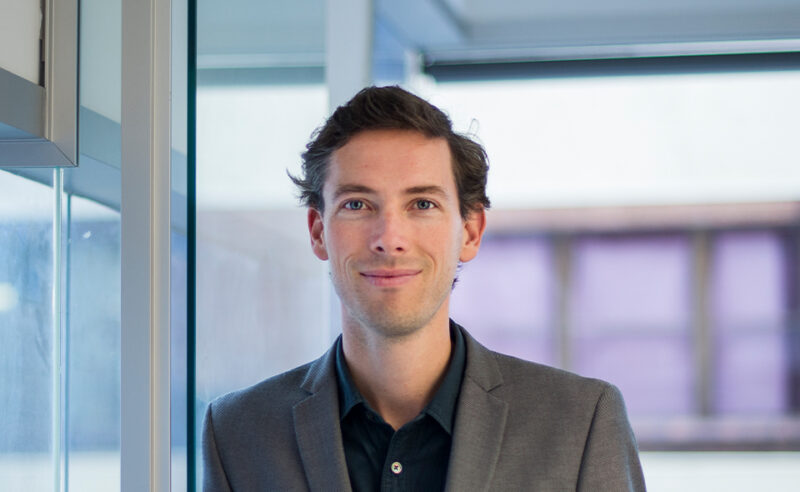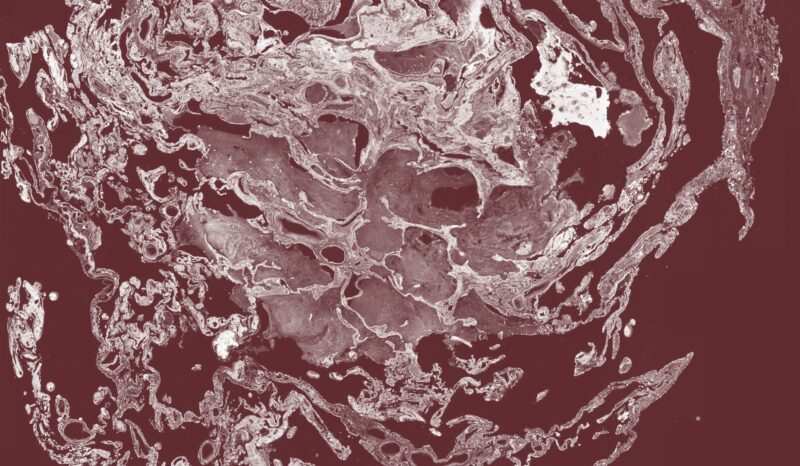“We were attracted to WEHI for this collaboration through our relationship with Professor Masters and the high-quality drug discovery capabilities of the National Drug Discovery Centre, making it the ideal partner for this project,” IFM Therapeutics CEO Dr Martin Seidel said.
“The nature of the high-throughput screen we developed with Professor Masters required a high degree of technical sophistication to pull off, and WEHI’s deep expertise and strong capabilities allowed the screen to be carried out with a high degree of skill and quality – the entire team was a pleasure to work with,” Dr Seidel said.
WEHI and IFM negotiated an innovative deal structure for the one-year research project, which takes a risk-sharing, incentives-based approach to delivering project outcomes. IFM has an exclusive option to acquire the results of the project. If IFM chooses not to exercise this option, WEHI will retain any resulting intellectual property in the hit compounds.
“I think partnerships like the one between WEHI and IFM are particularly important. Companies like IFM are well placed to adapt and develop new modalities and target new parts of the immune system,” Professor Masters said.
“By working with WEHI, IFM can use speedy and adaptive new technologies to develop drugs that target new pathways.”
The project is mutually beneficial, providing vital advances in basic science that can be used as a building block for further discoveries.



